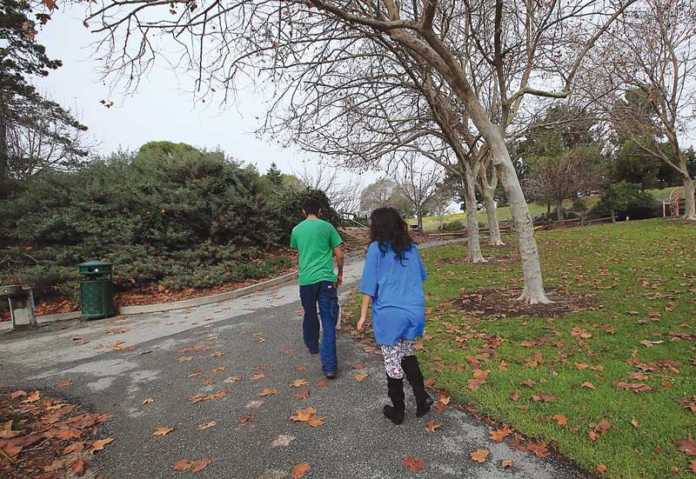WATSONVILLE — A new plan aims to help Watsonville’s urban forests branch out.
Called the Watsonville Urban Forest Revitalization Project, the plan calls for 300 trees and hundreds of drought-tolerant native shrubs to be planted at 10 park sites and three street corridors, according to Jonathan Pilch, executive director of Watsonville Wetlands Watch.
About half of the trees will be planted at various events throughout the year, with the rest taking root in 2019 and early 2020.
The Watsonville City Council will look to enter into a contract with Watsonville Wetlands Watch, who will provide services such as technical expertise and community outreach. The council will consider the contract at a future meeting.
A number of community tree planting events are scheduled throughout the year, such as on World Wetlands Day at Ramsay Park on Feb. 3 and Arbor Week at upper Main Street in March.
Watsonville Wetlands Watch recently received a $340,182 grant from the California Department of Forestry and Fire Protection to fund the tree planting program. The funding is part of the California Climate Investments Greenhouse Gas Reduction Fund, the state’s Cap and Trade Program, as the project is designed to sequester carbon from the atmosphere and reduce greenhouse gas emissions through tree planting and by enhancing the city’s bicycle and pedestrian routes and trails.
From the state’s tree carbon calculator, Pilch estimated the tree project will result in the sequestration of 1,336 metric tons of atmospheric C02.
In addition to coast live oak, the project will plant a variety of other drought tolerant trees, including elm, maple, sycamore, cedar and other “aesthetically pleasing and flowering large stature trees,” Pilch said.
The project will also provide job training and environmental education for local students, as well as reduced street run-off, among other benefits.
“In addition to the important water quality benefits to the wetlands and the Monterey Bay associated with street run-off, the project will improve the city’s natural habitats for birds and other wildlife that rely on Watsonville’s natural areas and urban forests,” Pilch said.
According to the Watsonville Urban Greening Plan, released in 2012, the city has a “dearth of street trees,” with its tree canopy coverage estimated at 7.8 percent.
The project represents the first major initiative to expand and restore Watsonville’s urban forests, according to Pilch, and was borne out of community dialogue and planning during the creation of the Watsonville Parks Master Plan in 2009 and the Watsonville Urban Greening Plan where community members expressed an interest in tree plantings and habitat improvements throughout the city.
“This is one of the really exciting things that came out of that planning process,” he said. “It’s an ambitious project.”














